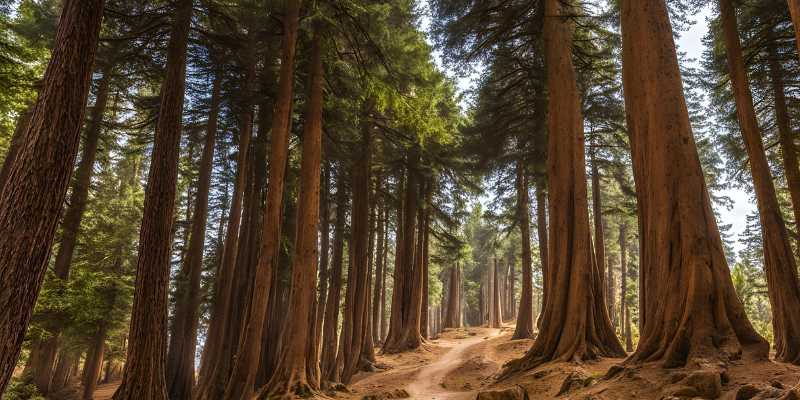Lebanon is famous for its majestic cedar trees. These trees have deep cultural and historical significance.
Cedar trees, known scientifically as Cedrus libani, are Lebanon’s national emblem. They are featured on the country’s flag, symbolizing strength and resilience. These ancient trees have stood tall for thousands of years, witnessing the rise and fall of civilizations. But how many cedar trees still exist in Lebanon today?
The count is critical as these trees face threats from deforestation and climate change. Understanding their current status helps in conservation efforts. This article explores the number of cedar trees left in Lebanon and why they are so important. Let’s dive in to discover more about these iconic giants.
Ancient Cedar Forests
The cedar trees of Lebanon are very old. These trees are famous in history. People used them in ancient temples and ships. Kings loved these trees. They were strong and lasted long. Many stories and poems mention these cedars.
Cedar trees are a symbol of Lebanon. They are on the country’s flag. Many people respect these trees. They believe the trees are holy. Festivals and songs often praise the cedar trees. They are a big part of Lebanon’s culture.
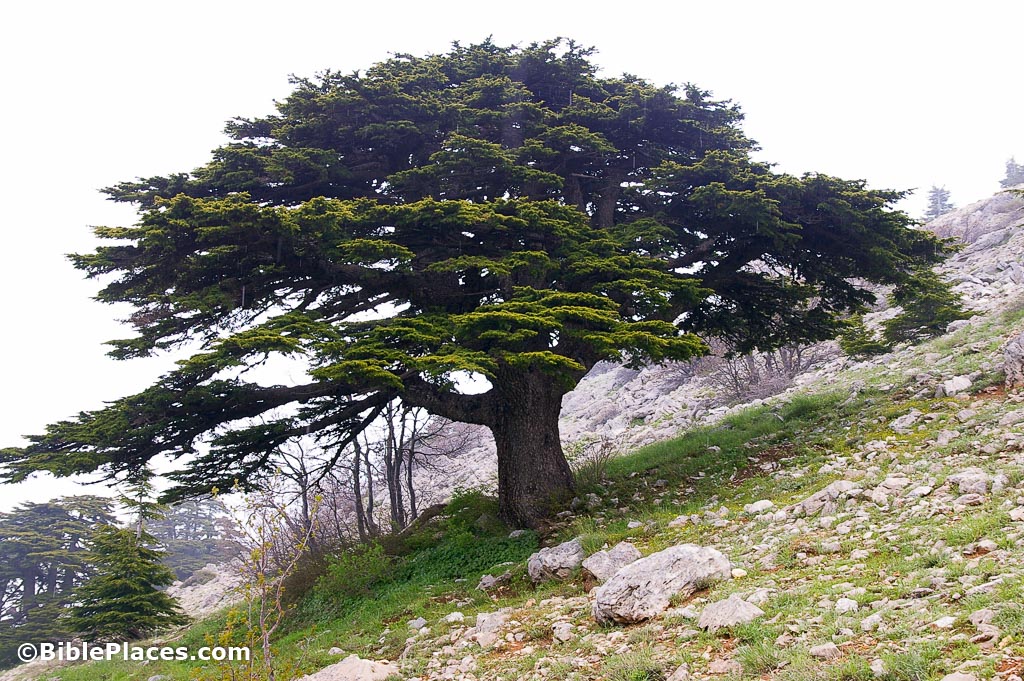
Credit: www.bibleplaces.com
Geographical Distribution
The Cedar of Lebanon mainly grows in the mountains. These trees are found in the Mount Lebanon range. This range stretches along the coast of the Mediterranean Sea. The regions of Bsharri, Ehden, and Barouk are notable. They have dense cedar forests. These areas are known for their natural beauty.
The Cedars of God forest is one of the most famous. It is located in Bsharri. This forest is a UNESCO World Heritage site. The Barouk Forest is another important area. It is part of the Shouf Biosphere Reserve. The Horsh Ehden Nature Reserve also houses many cedar trees. These forests are vital for conservation. They protect Lebanon’s natural heritage.
Ecological Importance
Lebanon’s cedar trees hold ecological importance, supporting local biodiversity. Their numbers have significantly declined, making conservation efforts vital.
Biodiversity Support
Cedar trees support many animals and plants. Many birds make nests in the branches. Insects live in the bark. Small animals find food and shelter. Plants grow under the shade. This helps keep the forest healthy. Many species depend on these trees. Without cedars, the ecosystem would suffer. The forest would change. Many animals would leave. Plants would die. So, cedar trees are vital for biodiversity.
Climate Impact
Cedar trees absorb carbon dioxide. This helps reduce greenhouse gases. Clean air is made by cedars. These trees also give shade. This cools the ground. Less heat is trapped. Water stays in the soil. This prevents drought. The roots hold soil. This stops erosion. Without cedars, the climate would be warmer. Soil would be lost. Water would dry up. Cedar trees are crucial for climate health.
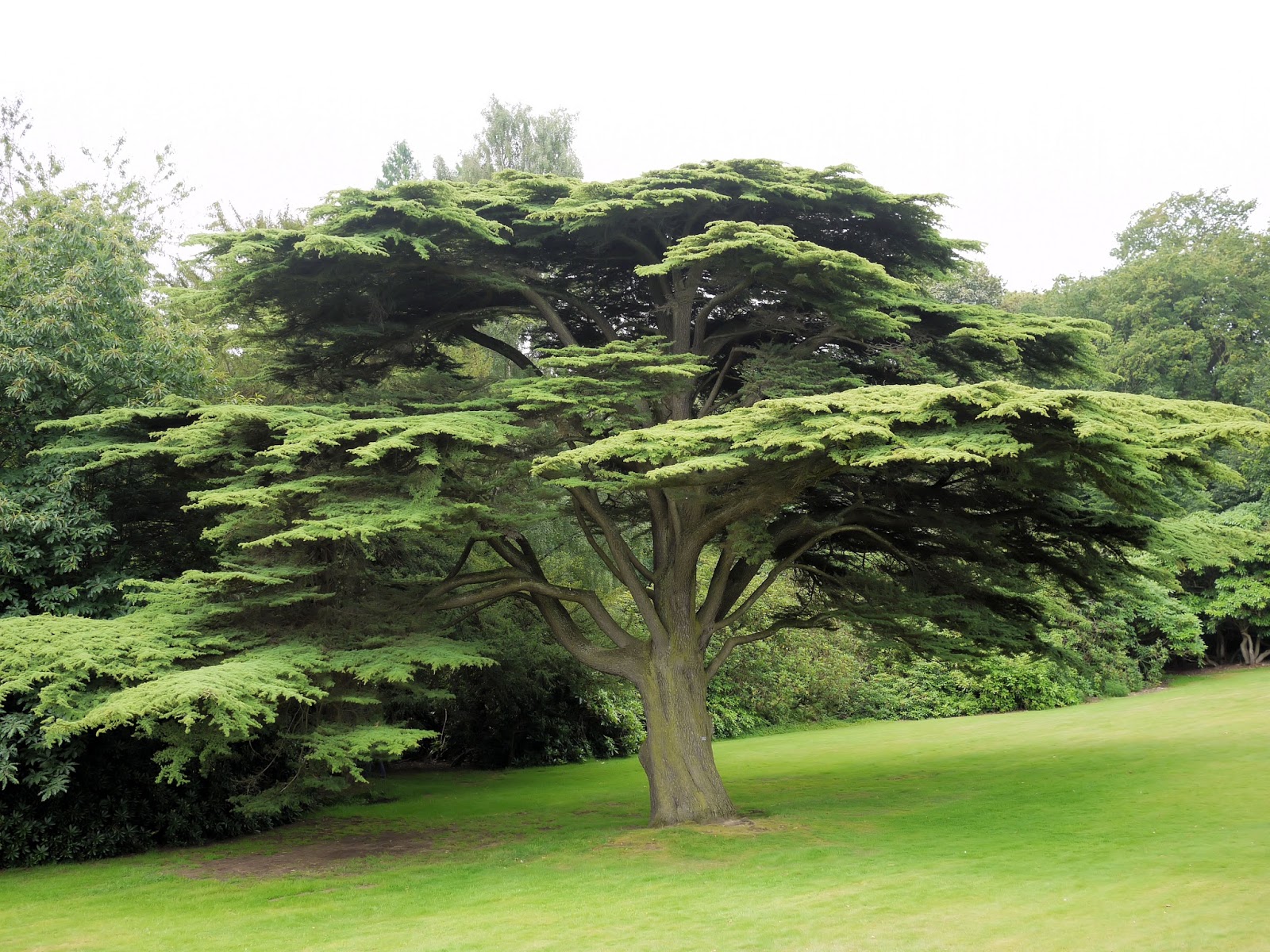
Credit: www.coniferousforest.com
Conservation Efforts
The government in Lebanon has many plans to save cedar trees. They set up protected areas. These areas help the trees grow strong. Rules are made to stop tree cutting. These rules help keep the trees safe.
Many groups work hard to save the cedar trees. They plant new trees each year. Volunteers help with this job. They also teach people about the trees. Learning about the trees is important.
Challenges Facing Cedar Trees
Deforestation is a big problem for cedar trees. Many trees are cut down for wood. Land is cleared for farming and buildings. This reduces the number of cedar trees. Less trees means less habitat for animals. The forest cannot grow back quickly. This leads to fewer trees each year.
Climate change affects cedar trees too. Rising temperatures make it hard for trees to survive. Less rain means less water for the trees. This causes the trees to weaken. They become more prone to diseases and pests. The trees’ growth is also slowed down. Over time, fewer cedar trees will be left.
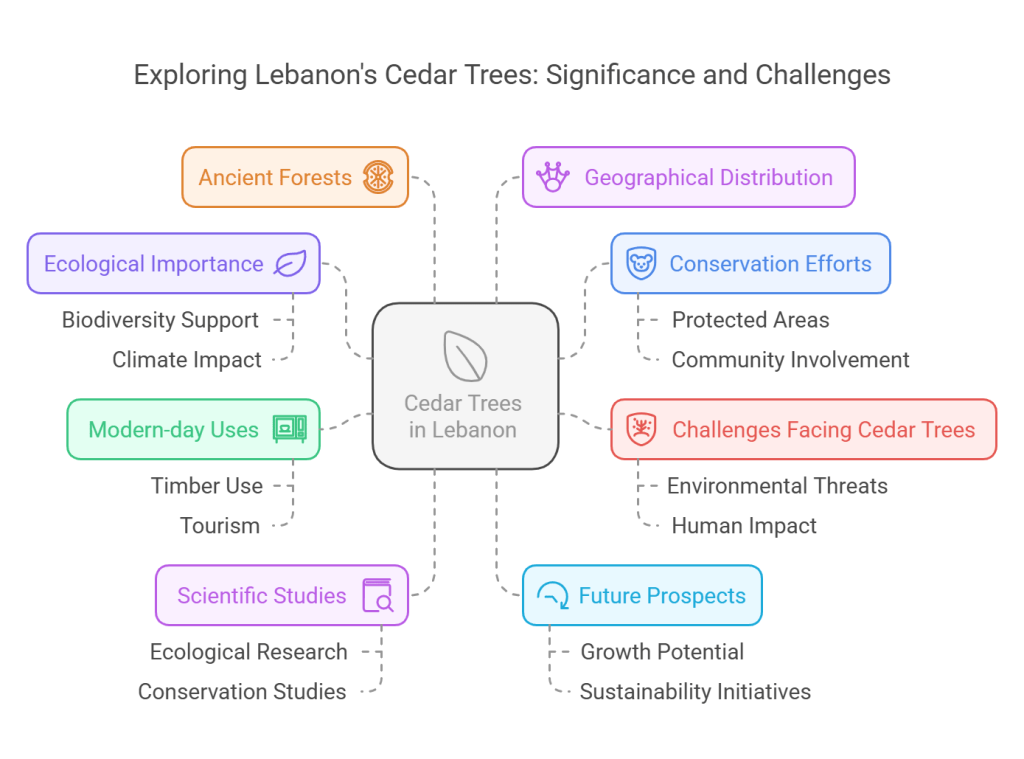
Modern-day Uses
Cedar trees are important in the timber industry. Their wood is strong and durable. It is used for making furniture and homes. Cedar wood has a pleasant smell. This makes it good for making closets and chests. It resists insects and decay. This means it lasts a long time. Cedar timber is also used for building boats. The wood is light and strong. Many people prefer cedar for these reasons.
Cedar trees attract many tourists to Lebanon. People come to see the ancient forests. These trees are very old and tall. The forests are beautiful and peaceful. Tourists enjoy walking among the trees. They take pictures and enjoy nature. The cedar forests are a national treasure. They help Lebanon’s economy by bringing in tourists. Many people visit every year to see the famous trees.
Scientific Studies
Scientists count cedar trees in Lebanon. They use satellite images and field surveys. The results help understand tree numbers. This information is vital for conservation.
Experts check the health of cedar trees. They look for signs of disease and damage. Healthy trees mean a strong forest. Sick trees need special care. These assessments help keep the forest alive.
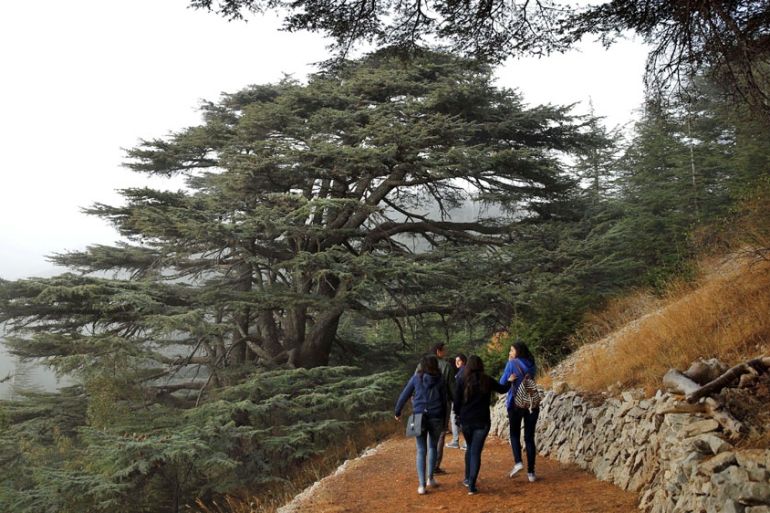
Credit: www.aljazeera.com
Future Prospects
Lebanon is working on protecting its cedar trees. New plans include planting more trees. This will help the forest grow. Protecting trees from cutting is also important. People want to keep the trees safe for the future. Plans also include teaching kids about trees. They will learn how to care for forests. This will help the trees stay safe for a long time.
Many people in Lebanon help with the trees. Communities join together to plant new trees. They also help keep the forest clean. Volunteers work hard to protect the trees. Schools and clubs join in too. They plan special events for tree care. Everyone works together to save the cedar trees. This helps the forest grow strong and healthy.
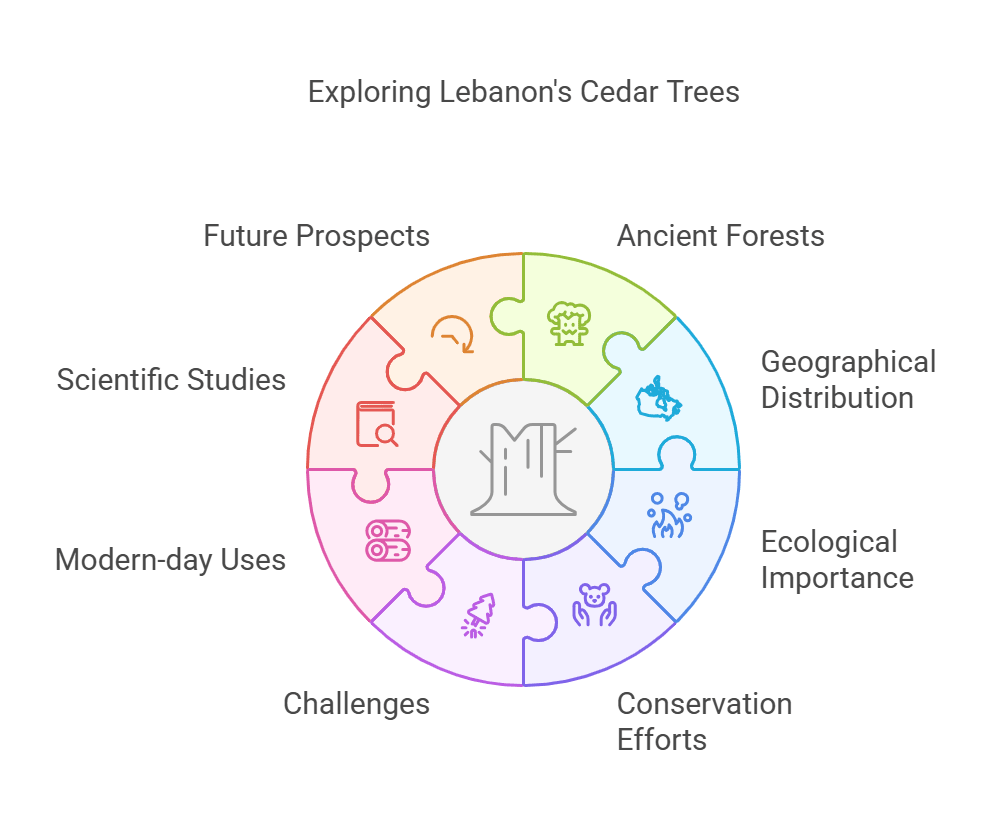
Frequently Asked Questions
How Many Cedar Trees Are In Lebanon?
Lebanon has an estimated number of 2,000 to 3,000 cedar trees. These majestic trees are primarily found in protected reserves.
Why Are Cedar Trees Important In Lebanon?
Cedar trees are a symbol of Lebanon’s heritage and pride. They are also vital for biodiversity and environmental stability.
Where Can You Find Cedar Trees In Lebanon?
Cedar trees are mostly found in the Cedars of God forest in Bsharri. Other locations include Tannourine and Barouk.
What Threats Do Lebanese Cedar Trees Face?
Lebanese cedar trees face threats from climate change and illegal logging. Conservation efforts are crucial to their survival.
Conclusion
The number of cedar trees in Lebanon remains a mystery. Conservation efforts continue to protect these ancient giants. Their significance to culture and history is immense. Visiting the cedar forests offers a glimpse into nature’s wonders. Every tree tells a story of resilience.
Let’s cherish and preserve these treasures for future generations. Your curiosity about Lebanon’s cedars helps raise awareness. Keep exploring and learning about this beautiful planet.

